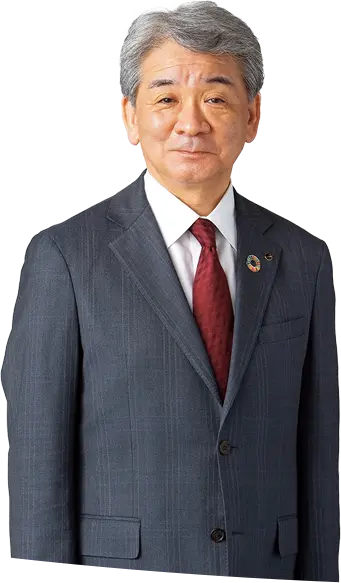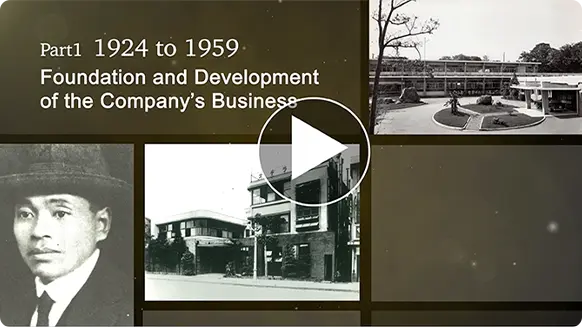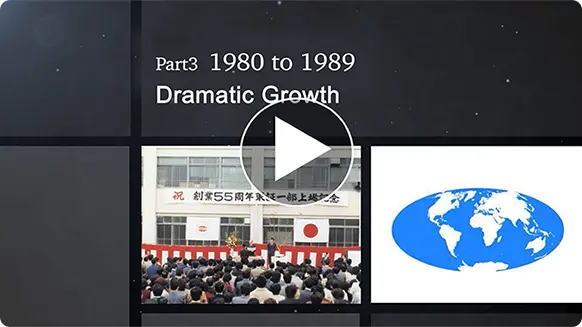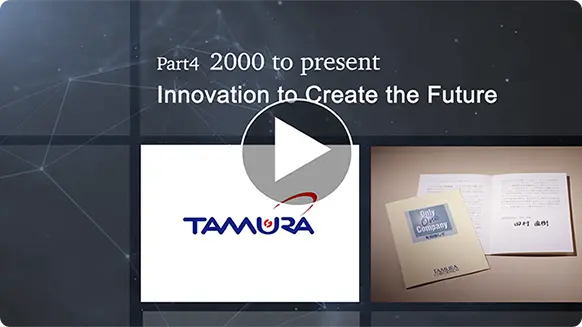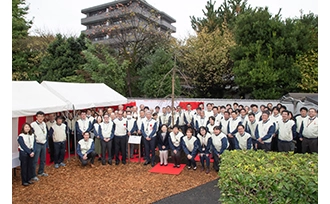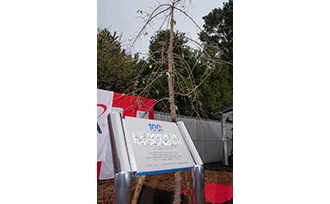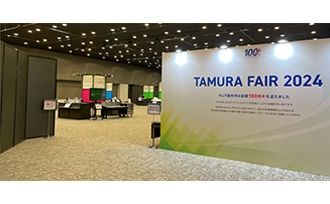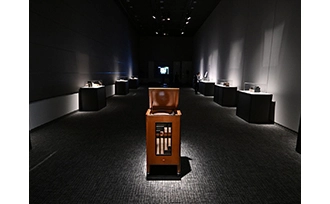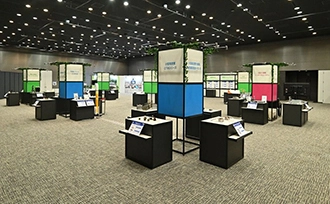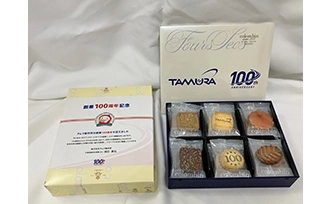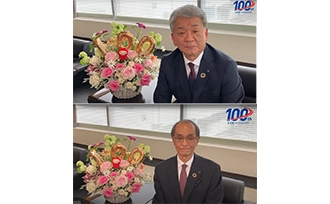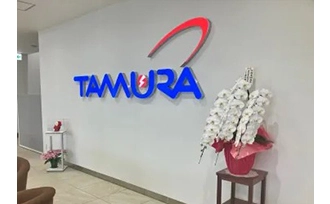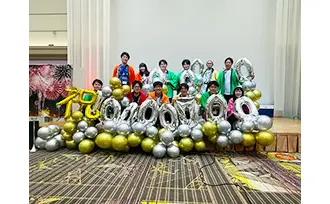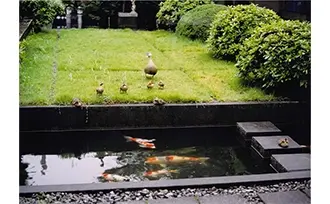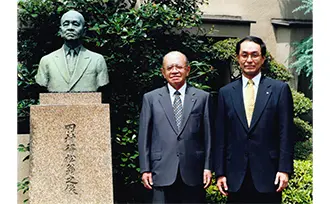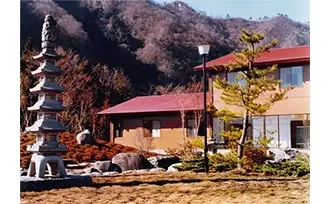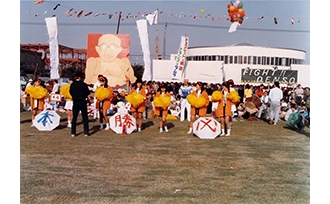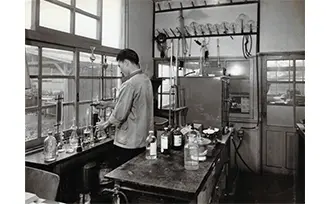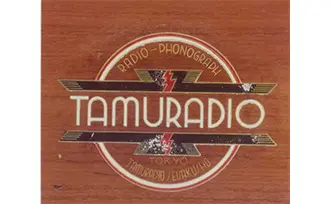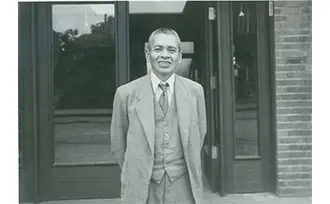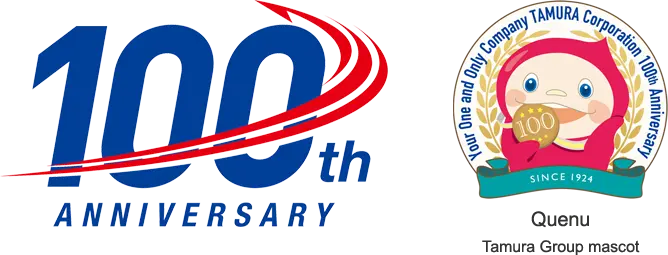

We would like to express our sincere gratitude to all our stakeholders who have supported us over the century.
With a view to the future beyond the 100th anniversary, we renew our commitment to contributing to the world
by
enhancing not only our corporate value but also the value of society as a whole.
News
Photo Gallery updated
Train station displays updated to celebrate 100th anniversary!
Quenu's stickers for LINE now available
100th anniversary website released

History of Tamura
1924
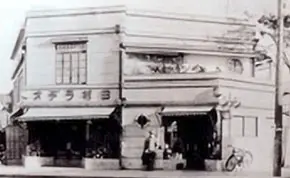
Tamura Radio Store, the forerunner of Tamura Corporation, is opened on a street corner in Tokyo's Shinjuku district in 1924, a year before the start of radio broadcasting in Japan.
1932
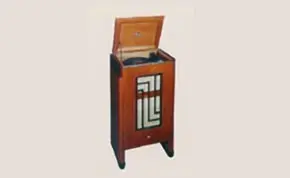
The business begins by importing radios and radio parts to sell and repair them. Then Tamura receives an order for electric phonographs from record manufacturer, Polydor, and simultaneously begins sales of own brand phonographs.
1935
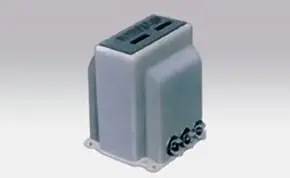
The number of radio subscriptions in Japan exceeds two million. Tamura develops
in-house the P72 low-frequency transformer, which significantly improves sound quality.
1936

Tamura develops
moving-coil microphones, which are delivered to Asakusa International Theatre and also to the broadcasting stations all over in Japan.
1939
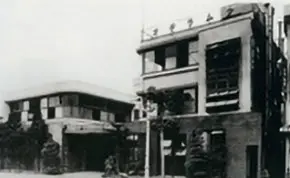
Tamura Corporation is established to expand business from a small retailer to a manufacturer, which dedicated to producing the world's
top-quality products.
1944
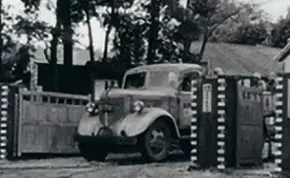
Construction of new factory in Higashi-Oizumi, Nerima is completed. Most operations are transferred. (current headquarters of Tamura Group)
1946
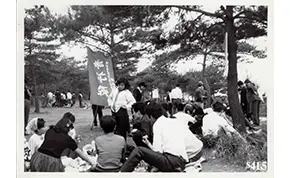
A labor union formed with about 150 members. After some disputes and split of union, the Tamura Labor Union is established in 1947.
1955
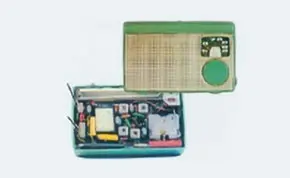
Tamura's compact,
low-frequency transformers are used in the first transistor radios made in Japan. The radio becomes a blockbuster hit product, lending momentum to the Company's full-fledged advance into transformers for consumer use.
1956
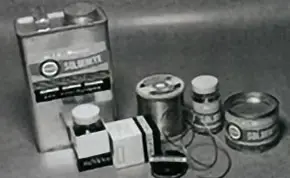
Tamura invents SOLDERITE, Japan's first non-corrosive soldering flux and starts an
in-house specialized chemistry laboratory.
1961
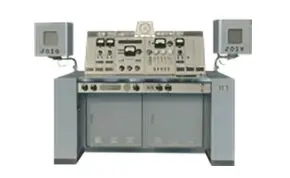
Television sets rapidly becomes commonplace at households. Tamura develops its first audio mixer for broadcasting use.
1962
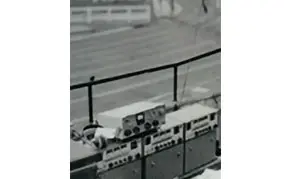
Tamura enters the
low-power wireless device business. At Tokyo Olympics Games in 1964, Tamura's wireless microphones are installed in each stadium and are used to record the official documentary films.
1968

With the arrival of the transistors after vacuum tubes, the use of printed circuit boards spreads rapidly. Tamura develops its first automated soldering machine and subsequently provides support for the
mass-production of home appliances.
1969

Tamura establishes its first-ever overseas production facility, Taiwan Tamura Denshi for the purpose of increasing its production capacity and reducing cost in response to increased orders from the U.S.
1972
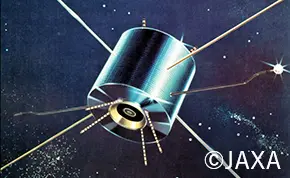
Building on its track record for highly reliable transformers, Tamura begins development of transformers and coils for use in Japan's first practical satellites: the Ume ionosphere sounding satellite (ISS) and the Kiku engineering test satellite (ETS-1).
1972
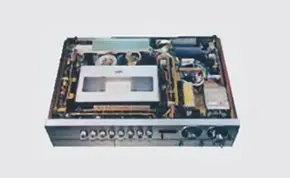
Japanese manufacturers introduce the world's first consumer VCRs, and Tamura supplies power transformers for both the Beta and the VHS formats.
1984
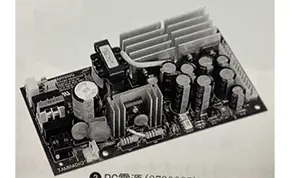
Tamura develops
power-supply equipment for personal computers. The order from TANDY, a US company, lead to the first mass production of switching power-supply equipment and produces over 1.5 million units.
1988
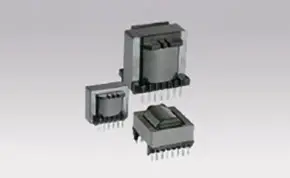
Switching power-supply equipment becomes popular from mid-1970s. Tamura begins sales of high-frequency transformers in response to increasing needs for TVs and VCRs.
1994
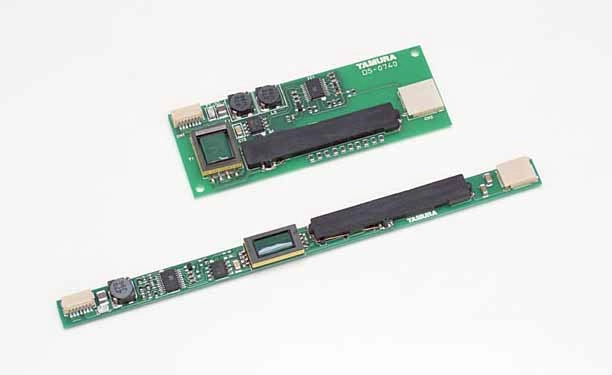
Tamura develops an LCD backlight inverter using a piezoelectric transformer, for notebook PCs, contributing to their
thin-profile design.
1995
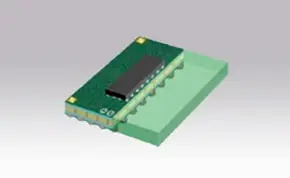
Tamura develops solder paste for semiconductor packages, which is approved for use by a major U.S. semiconductor manufacturer in 1996.
2000
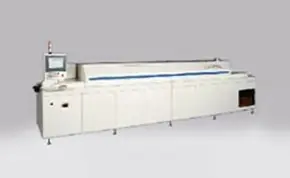
To comply with enforcement of the RoHS directive in 2006, Tamura takes the early initiative in developing lead-free solutions. The lead-free response for soldering systems is especially popular and swiftly propels Tamura to global market share leadership in reflow soldering equipment.
2003

Tamura audio mixing consoles and other digital broadcasting facilities are delivered to television stations in preparation for terrestrial digital broadcasting.
2008
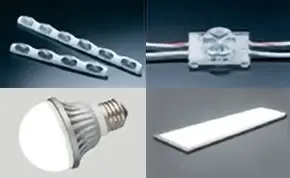
Tamura begins mass production of
energy-saving LED lights made possible by the fusion of LED application technologies developed for vending machine display buttons and power source technologies.
2009
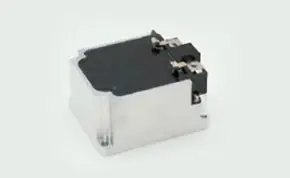
With the arrival of hybrid vehicles, Tamura begins mass production of automotive
step-up reactors.
2010
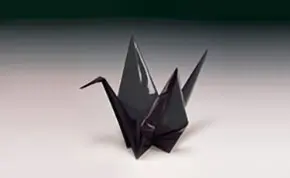
Tamura develops solder resists for black absorbers and for flexible printed circuit boards. Those solder resists are used in mobile devices including smartphones and tablets.
2010
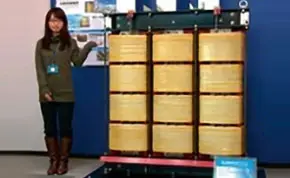
Tamura makes a full-scale entry into the market for large transformers and reactors used in renewable energy, railway, industrial plants, power transmission and distribution systems, and other applications.
2013
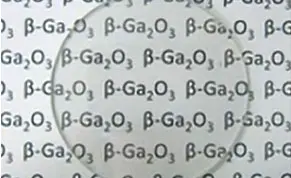
Tamura achieves the world's first MOS transistor used gallium oxide (Ga2O3), the
next-generation semiconductor power devices from Japan. Tamura's R&D department for Ga2O3 is carved out as a new venture, Novel Crystal Technology (NCT). (NCT is a
non-consolidated affiliate of Tamura)
2022
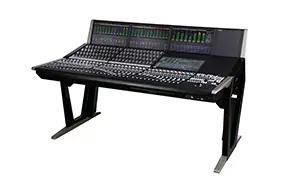
With a stronghold in broadcasting audio mixers in Japan, Tamura develops new IP-based mixers, NTX series in response to digitization of broadcasting stations.
The 100-Year History of Tamura Corporation – History Book
To share a century of challenges, growth, and the spirit that has shaped us since our founding, we have published a company history.
Through this record, we hope to pass on to future generations of employees—and to everyone who has supported us—our enduring commitment to world-class excellence.
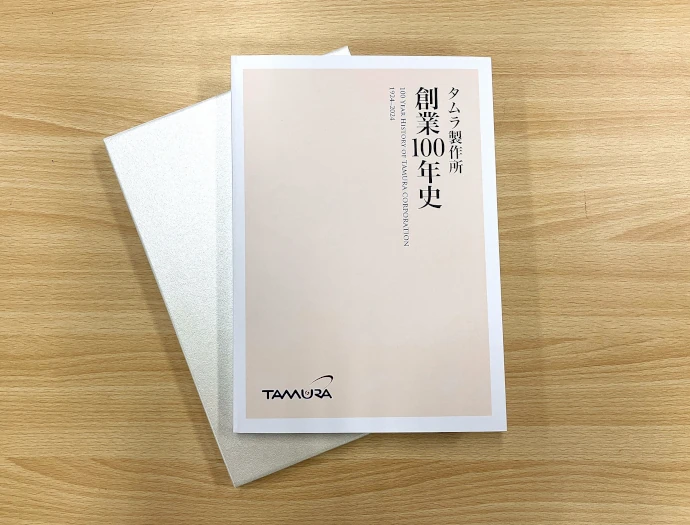

Tamura's First Century:
A Story of Challenges
and Technology
The history of Tamura Corporation starts from foundation of Tamura Radio Store in 1924, a year before radio broadcasting begins in Japan.
The four video footages show the stories of how Tamura has overcome challenges repeatedly to meet the needs of each era.
100th Anniversary Logo

The Symbolism
of the 100th Anniversary Logo
100th Anniversary Logo, the design of which is determined by the vote of Tamura Group employees, symbolizes the concept of centenary, "Energize the Future 100".
With powerful energy, Tamura will continue to develop new products, leading the company to next 100 years.
Design Concept
By using the same colors with its corporate logo, it expresses Tamura's identity.
The dynamic rising arrow represents the power to take a leap into the future beyond 100th anniversary.

is now available
in total
at LINE Sticker Shop: 50 LINE COINS
- All proceeds will be donated.


